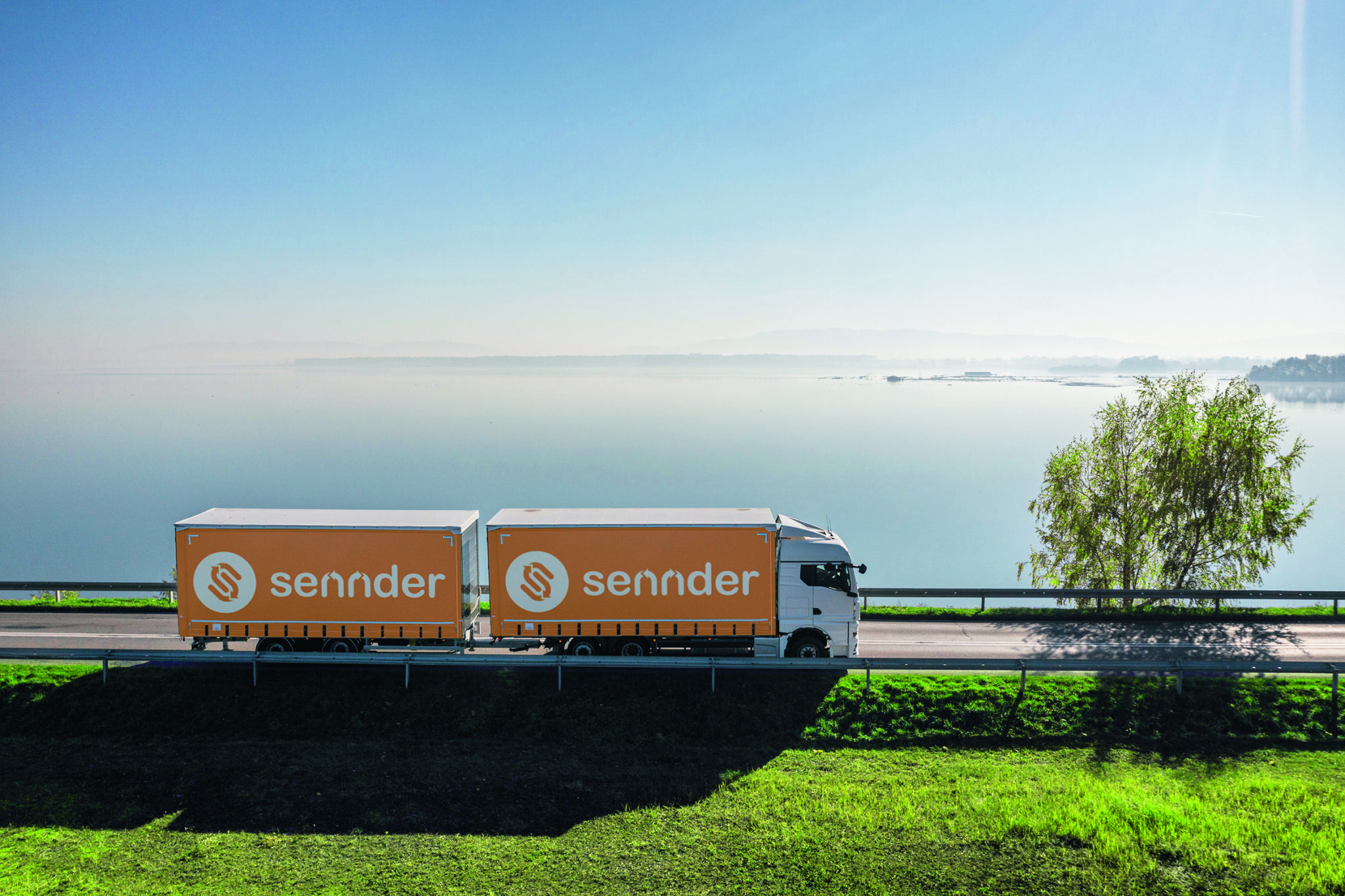In transport logistics, for both shippers and carriers, resources are finite: employee bottlenecks, delays in the yard, external influences on route planning and a lack of transparency force everyone involved in the transport chain to replan at short notice. So, how can shippers and carriers bullet proof their supply chain further? Philipp Pfister (pictured), Sector Vice President at Transporeon, a Trimble company, explores this further.
Continuous Supply Chain Pressures
It’s fair to say that uncertainty is the norm when it comes to working in logistics. And having the ability to adapt quickly in emergency situations is becoming one of the most valuable tricks of the trade. However, with ever changing geopolitical situations, environmental disasters, strikes, and personnel shortages, businesses in the transportation chain will be forced to continue modifying their plans at short notice. Although, when supply chain disruptions occur, it may be necessary to show data across various modes of transportation-and in different time zones-adding additional work and costs and wasting precious time.
Fragmented Systems and Networks
However, the key to solving supply chain disruption lies in digitisation, offering real-time visibility of all shipments across every mode of transportation. But isolated solutions still dominate in today’s modern supply chain, meaning that in a fragmented system, achieving end-to-end transparency or driving efficiency gains remains out of reach.
The more systems in the network have to work with each other, the more difficult it is to exchange information between participants. Large heterogeneous networks therefore require standards that can be recognized, interpreted and processed by different systems – a real challenge. Take telematics systems as an example. With dozens of providers, each tool produces a large volume of data. When shippers or forwarders work with multiple freight companies, systems for analysing different data sources must be integrated.
A resilient, scalable, and forward-thinking solution lies in a cloud-based, transportation management platform. A smart unified platform can bridge shippers, carriers, forwarders, and retailers, allowing them to connect across many channels. It analyzes incoming data from various sources, converts it to a unified standard, and creates a shared pool of data in a standardised format.
Better Interoperability at Dock and Yard
For example, with a dock and yard management tool, businesses can better predict when loads will arrive. In fact, what seem as ad hoc delays, such as strikes or traffic jams, may be part of hidden patterns that are revealed when artificial intelligence (AI) models analyse data over time.
Thus, the leading European logistics service provider LKW WALTER handles over 7,000 FTL (Full Truck Load) transports every day and books around 25,000 time slots per week adopted a smart dock and yard management tool with the aim to simplify the planning complex process for transport partners and drivers. This visibility enhanced the entire supply chain for LKW WALTER. Drivers can now plan their routes more effectively, with knowledge of petrol stations, service areas, and secure parking along the way. Moreover, when all parties — including warehouses — collaborate, time slots can be adjusted in real time. Early arrivals can take the slots of latecomers, and vice versa. This not only simplifies drivers’ tasks but also reduces long waiting times, helping to address the driver shortage problem.
How AI and Machine Learning lend a Helping Hand
By integrating interoperability, data analysis, and using AI and machine learning, companies can make the most efficient use of its resources, all while staying mindful of sustainability. Real-time insights help spot inefficiencies, so companies can reduce empty miles, train employees in eco-friendly driving, and combine transportation resources in smarter ways to cut down on emissions. The magic happens when this is done collectively and carriers can find loads for return trips within the transport management platform, reducing those empty trips.
Today, AI and ML play a significant role in procurement and quotation: Whereas a considerable amount of time was once dedicated to manual research and offer creation, the spot area offer process can now be automated. For instance, companies who utilise a smart autonomous quotation tool allows transportation and logistics providers to prioritise inbound transportation requests and deliver precise spot truck transportation pricing based on forecasted market prices. Quotes are generated according to users’ personalised strategies, with criteria such as margin requirements, transport type or equipment, distance, destination, and pickup and delivery windows. This module relies on a trained forecasting model, enhanced by data science and machine learning algorithms, which continuously improve over time by incorporating the results of previous offers. The more data is transmitted and shared, the more accurate the algorithms become over time.
From freight procurement to transportation processing, dock and yard management, and payment audits, advanced digital solutions powered by AI are already there to help solve specific challenges in logistics. Data hubs on neutral platforms provide valuable insights into logistics processes, market developments and CO2emissions, while visibility tools ensure transparency in supply chains. The challenge is to achieve a global awareness of the need to promote interoperability beyond simple connectivity.
By overcoming technical challenges, setting standards, and enhancing data quality simultaneously, the industry can optimise supply chain interoperability. This enables all stakeholders to concentrate on the key tasks at hand — transporting goods and production materials — and increase customer satisfaction.
similar news
Transporeon Reveals Data-driven Future of Transport Logistics



